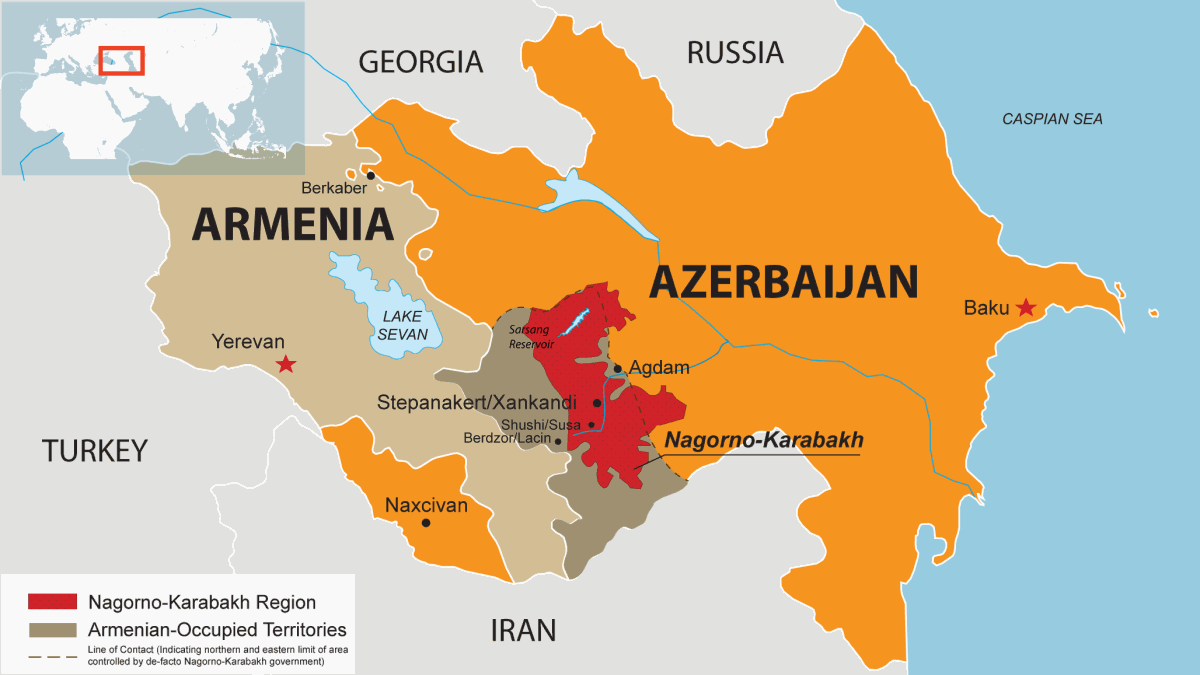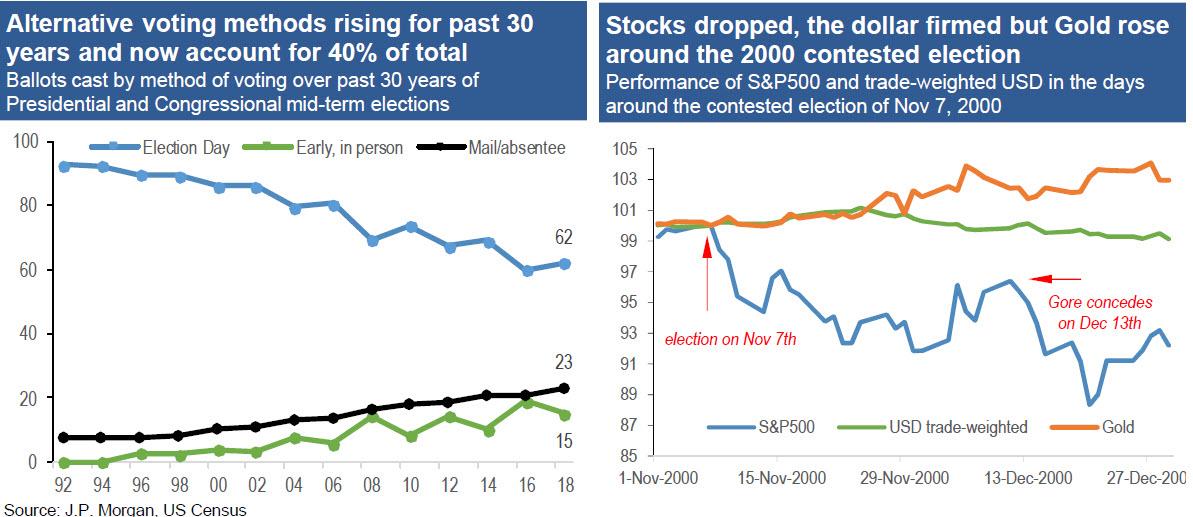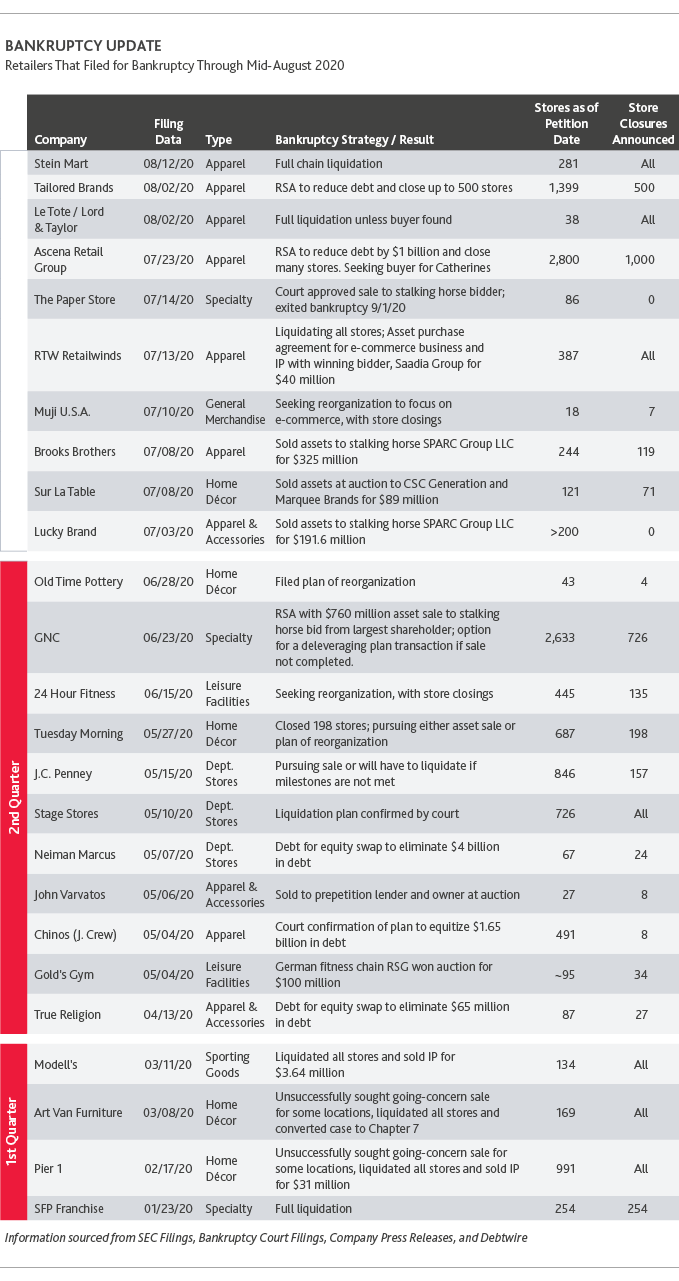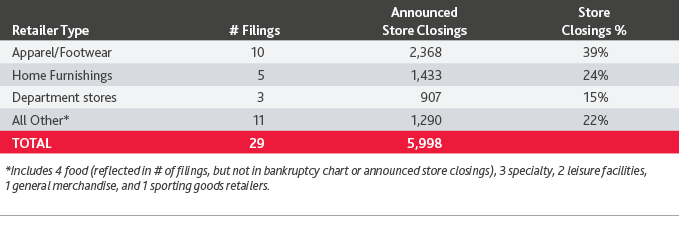
The health care discussion in last night’s presidential debate was about as substantive as the rest of the debate, which is to say, not very. President Donald Trump bullied and bulldozed both moderator Chris Wallace and Democratic nominee Joe Biden, spouting fragments of belligerent nonsense, while Biden struggled to explain his own plans or make a convincing case for them. The back-and-forth unspooled like you might imagine if Statler and Waldorf performed a Samuel Beckett play while high. Here’s a sample exchange:
Wallace: Please let the vice president talk, sir.
Trump: Good.
Biden: He has no plan for health care.
Trump: Of course, we do.
Wallace: Please.
Biden: He sends out wishful thinking. He has executive orders that have no power. He hasn’t lowered drug costs for anybody. He’s been promising a health care plan since he got elected. He has none, like almost everything else he talks about. He does not have a plan. He doesn’t have a plan. And the fact is this man doesn’t know what he’s talking about. [crosstalk]
And yet, amid all the crosstalk, a few discrete points of interest did emerge.
The health care discussion actually began with a question about filling the Supreme Court vacancy left by the death of Justice Ruth Bader Ginsburg. Trump recently appointed Amy Coney Barrett, and Biden has argued that the seat should be filled by whoever wins the November election.
Biden argued that appointing Barrett now would be a threat to Obamacare. The Trump administration is currently supporting a state-led lawsuit to overturn the law; the Supreme Court will hear arguments in November. Barrett, in this line of thinking, might shift the court against the health law, which has previously survived Supreme Court challenges by close votes.
Yet as Ramesh Ponnuru wrote yesterday for Bloomberg, there is little reason to think Barrett’s confirmation to the Court would threaten the health law. This particular legal challenge is much weaker than previous challenges, and while Barrett has previously suggested that she might have supported overturning the law based on earlier arguments, there’s no particular reason to think she’ll accept this new, weaker case. Nor, in any event, is there reason to think that the rest of the Republican appointees on the court will do the same. One never knows exactly how the high court will rule, but at this point, Biden’s argument is more of a scare tactic than a certain outcome.
As the discussion over health care broke out into argument, Trump began to characterize Biden’s plan. “The bigger problem that you have is that you’re going to extinguish 180 million people with their private health care,” he said, which taken literally does sound rather dire. Biden, he added, was “certainly going to socialist.” Which, sure. Like you do.
As is frequently the case, Trump’s words were not the model of precision or clarity. But in this case we can probably take them as accusations that Biden supports a socialized health care system, a la Sen. Bernie Sanders’ (I–Vt.) Medicare for All plan, which would wipe out most private insurance. Biden responded that this was a lie, at which point Trump pivoted, accusing Biden of representing a Democratic Party that supports such a plan. “Your party doesn’t say it,” Trump said. “Your party wants to go socialist medicine and socialist healthcare.”
It’s true that Biden supports adding a new government-run health insurance plan, known as a “public option,” to Obamacare. Over time, the existence of this plan would probably lure some number of people from private insurance. Biden’s plan has considerable drawbacks: It would probably be more expensive than his campaign estimates. It might destabilize the insurance market. It would certainly expand federal involvement in the financing of health coverage.
But unlike the Medicare for All plan backed by Sanders and other Democrats, which would make private insurance illegal in the space of about four years, it wouldn’t wipe out private insurance; Biden has repeatedly rejected that approach.
Trump later returned to this line of attack, insisting that Biden had agreed to the Sanders position: “Joe, you agreed with Bernie Sanders, who’s far left, on the manifesto, we call it. And that gives you socialized medicine.” Biden’s campaign did agree to a “unity” policy framework negotiated by representatives from both the Biden and Bernie camps, but even that document did not call for Sanders-style single-payer.
Separately, Wallace asked Trump directly about his lack of a comprehensive health care plan. “Over the last four years,” the moderator said, “you have promised to repeal and replace Obamacare, but you have never in these four years come up with a plan, a comprehensive plan, to replace Obamacare.”
Trump responded by insisting that he had—and then pointed to the repeal of Obamacare’s individual mandate, which was zeroed out as part of the 2017 Tax Cuts and Jobs Act. But eliminating the individual mandate is not a comprehensive plan to replace Obamacare. Technically, the tax law didn’t even repeal the mandate; it just set the tax penalty associated with it to zero. But Trump kept insisting that he had a plan, at times even suggesting that he had already enacted his plan to replace Obamacare, the main provisions of which, to be clear, remain firmly on the books.
A casual viewer might not have picked up on much or any of this because it was delivered in disjointed chunks broken up by insults and interjections, with Wallace trying unsuccessfully to enforce some sort of order on the discussion. And the argument about whether Trump had a comprehensive plan is at least as much an argument with Wallace, who, as the moderator, struggled to get a question out:
Wallace: Over the last four years, you have promised to repeal and replace Obamacare, but you have never in these four years come up with a plan, a comprehensive plan, to replace Obamacare.
Trump: Yes, I have. Of course, I have. The individual mandate.
[crosstalk]
Wallace: When I finish I’m going to give an opportunity—
Trump: Excuse me. I got rid of the individual mandate, excuse me, which was a big chunk of Obamacare.
Wallace: That’s not a comprehensive plan.
Trump: That is absolutely a big thing. That was the worst part of Obamacare.
Wallace: I didn’t ask, sir.
Trump: Chris, that was the worst part of Obamacare.
Wallace: You’re debating him, not me. Let me ask my question.
Trump: Well, I’ll ask Joe. The individual mandate was the most unpopular aspect of Obamacare.
Wallace: Mr. President.
Trump: I got rid of it. And we will protect people.
Wallace: Mr. President, I’m the moderator of this debate and I would like you to let me ask my question and then you can answer.
Trump: Go ahead.
Wallace: You, in the course of these four years, have never come up with a comprehensive plan to replace Obamacare, and just this last Thursday you signed a largely symbolic executive order to protect people with preexisting conditions five days before this debate. So my question, sir, is what is the Trump healthcare plan?
Trump: Well, first of all, I guess I’m debating you, not him, but that’s okay. I’m not surprised. Let me just tell you something. There’s nothing symbolic. I’m cutting drug prices. I’m going with favored nations, which no president has the courage to do because you’re going against Big Pharma. Drug prices will be coming down 80 or 90 percent. You could have done it during your 47-year period in government, but you didn’t do it. Nobody’s done it. So we’re cutting health care.
Wallace: What about preexisting conditions?
Trump: All of the things that we’ve done.
Biden: He has not done health care.
What are we supposed to make of this? What is anyone supposed to learn? How can you have better public policy, more effective governance, ideological disputes, arguments that matter when discussions are conducted like this? There are serious issues at stake, and serious discussions to be had about the government’s role in health care. This is exhausting and unproductive.
Last night’s debate was not a platform for competing visions for governance or plans to improve people’s lives. It was a socially distanced, geriatric mud-wrestling match, instigated by the president’s fundamental unseriousness. Come to think of it, an actual mud-wrestling match might have been more informative. Or at least more entertaining.
In one way, however, it was educational: It taught us how poor the state of America’s political discourse has become.
from Latest – Reason.com https://ift.tt/3jkUC80
via IFTTT













